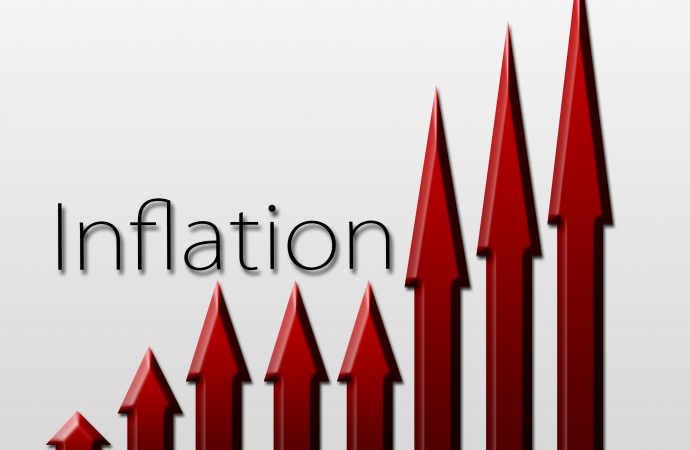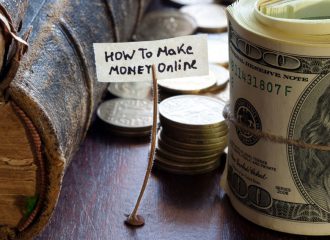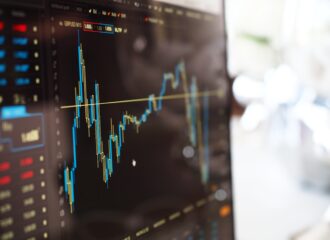Inflation Explained: How to Measure Inflation

Taking care of finances doesn’t just mean paying attention to how you spend your money, although that is a pretty big part of it.
But when considering your financial status, it’s also important to look at how uncontrollable external factors are affecting how you can spend your money.
One of the most important factors that have a direct effect on our individual finances is inflation.
You might have heard all about it in the news – but do you really know what it is? Do you know how it’s measured? Doing so will shed light on important social and economic situations that many of us are finding ourselves in, and it can help us prepare better for the future.
So in this article, we’re going to talk all about inflation, what it is, how it’s measured, and what it’s for.
What is Inflation?
In its most basic sense, inflation is an increase in prices.
If you’ve paid particular attention to the prices of goods, you will realize that everything seems to be getting more expensive all the time. This isn’t just a concerted effort of businessmen to squeeze more money from you: it’s a direct effect of economic conditions.
Things cost more because, as time progresses, currency quite literally loses some of its value. Over time, there are many unavoidable realities that societies contend with, which lowers the value of its money, which we will discuss later on.
How Do Governments Measure Inflation?
There are multiple economic theories and models used to measure inflation, but the US Bureau of Labor Statistics has one particular favorite: the Consumer Price Index for Urban Consumers or the CPI-U.
This method of measuring inflation in the US is surveying a sample population of urban consumers, which comprises about 93% of the total population in the country.
The CPI-U will then measure four categories of consumption: services (which have the most relative importance in the survey), commodities, food, and then energy. These four categories represent the four things that Americans spend the most money on every month.
There’s also a so-called “core CPI,” which includes only the two most important categories (services and commodities) among the four.
From these categories, changes in spending from one period to another will then reflect the inflation rate.
Inflation Rate
Since inflation describes the phenomenon of price increases, the inflation rate describes the rate at which the prices of basic goods increase in society.
Expressed in a percentage, this tells you how fast the prices rose from one period to the next. It is also used to predict how much the prices of certain goods will be in the coming future.
For example, the price of a gallon of gas today is $2.00. If the inflation rate is said to average at 2% for the past couple of years, there’s also a significant chance that the inflation rate in the next year will also be 2%.
This means that the price of a gallon of gas by next year will grow to be $2.04.
By extension, the inflation rate can also be used to conjecture the future conditions of a country’s economy. High inflation rates are usually a bad thing since the prices tend to rise quickly, which means that wages and services might not be able to keep up.
But more than that, the inflation rate, along with the unemployment rate, is also used to determine the average financial health of a person within a society.
This is called the misery index. When the misery index rises to about 10%, this means that the average citizen is suffering either a recession or out of control inflation, or both.
Final Thoughts
Granted, knowing much about inflation can’t help you do anything about inflation directly. However, it can help you determine how you can react to it.
Knowing what the future holds for the economy means that you can make sound financial decisions so that external conditions won’t affect your future.






